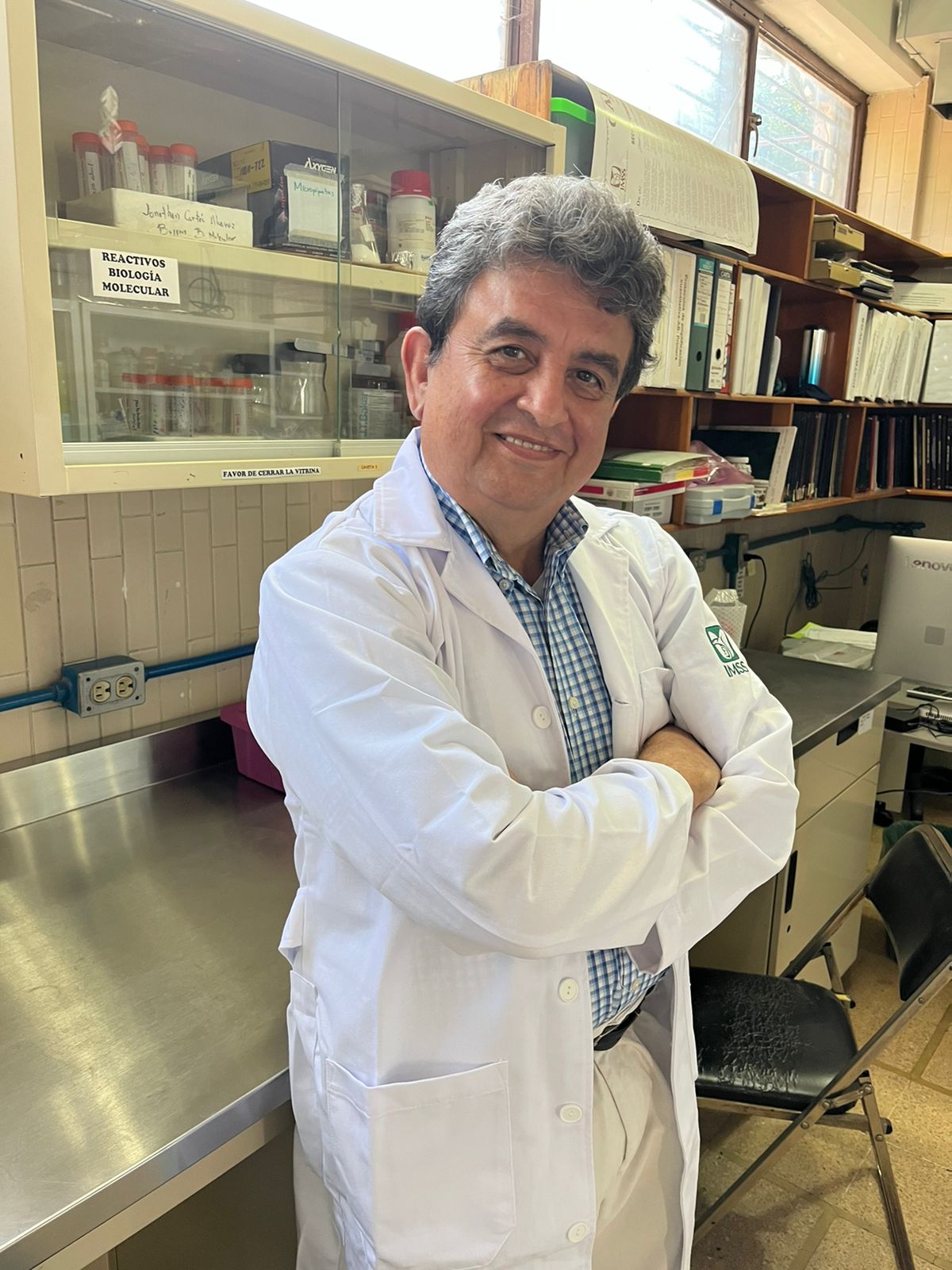
Objectives: Interdigital tinea pedis is the most frequent presentation, as well as the most severe clinical form of tinea pedis, constituting a therapeutic challenge. The aim of the study was to evaluate the effectiveness and tolerability of two concentrations of Ageratina pichinchensis extract (encecalin content, 0.76 and 1.52%, respectively) on patients with clinical and mycological diagnosis of chronic interdigital tinea pedis. Design: By means of a randomized, double-blind clinical trial, three groups of patients were treated topically for 4 weeks with a cream containing the following: Group I-the lower concentration of A. pichinchensis extract, group II-the higher concentration, group III-2% ketoconazole. Subjects: One hundred and sixty (160) ambulatory patients of either sex between the ages of 18 and 65 years were enrolled. Outcome measures: The primary outcome variables were: clinical effectiveness, mycological effectiveness, therapeutic cure, tolerability, and treatment compliance. The secondary outcome variable was therapeutic success. Results: At the end of treatment, therapeutic cure was achieved by 34.1, 41.8, and 39.53% of Groups I, II, and III, respectively. No statistical difference between the groups was observed. Conclusions: Both treatments were effective for the treatment of interdigital-type tinea pedis, while better results were observed on patients that received the higher concentration of the extract.








